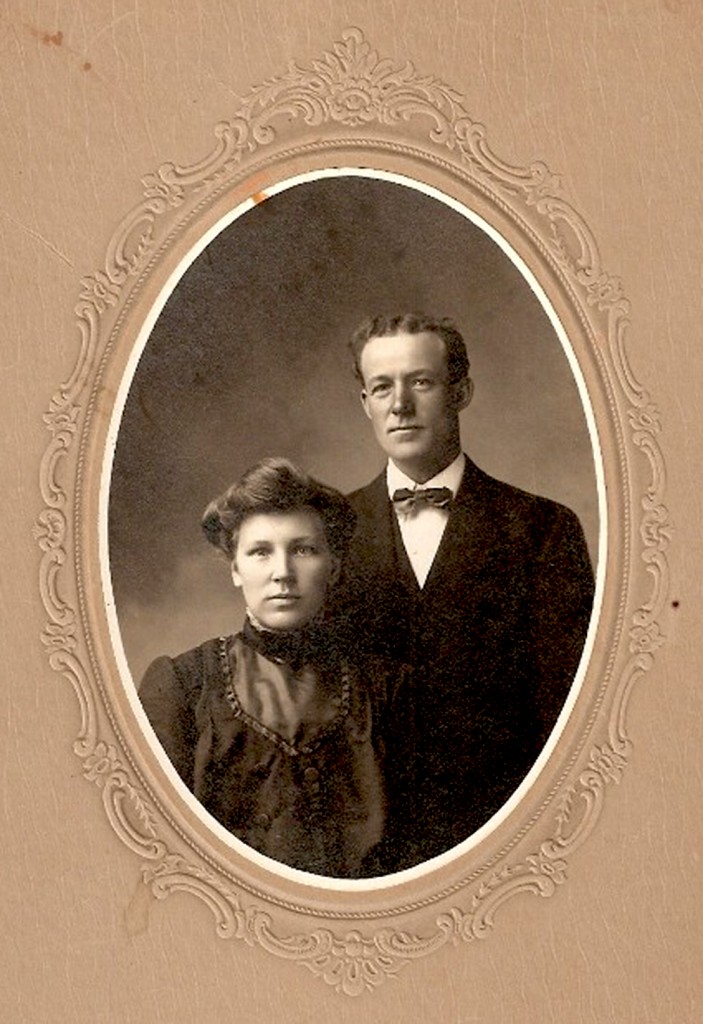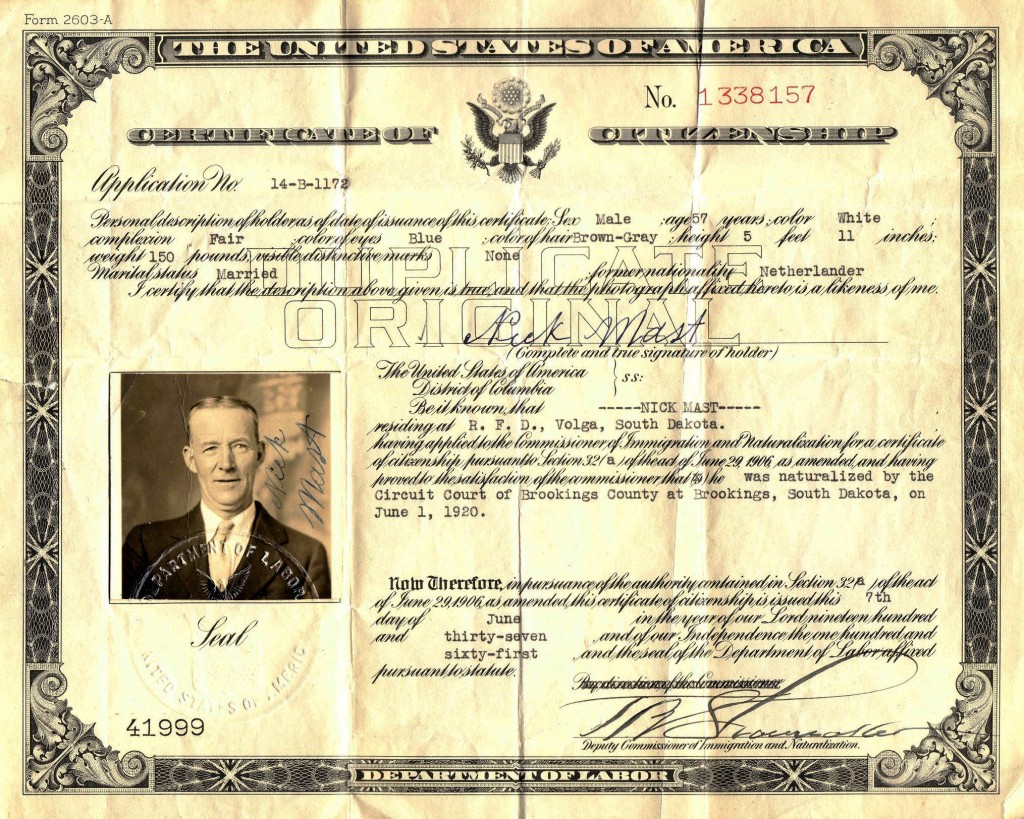I’m Dutch-American: second generation on my Mother’s side, third generation on my Father’s. Like one quarter of all Americans, my ancestors came to America through Ellis Island – my maternal grandfather arriving last, in 1907. Like many Dutch migrants, my ancestors travelled out west to Iowa and then on to South Dakota, where they settled as farmers.
There are now around five million people of Dutch descent in the US, with populations concentrated in the Midwest, particularly in Iowa and Michigan. We’re well integrated – there have been three presidents of Dutch descent – but still retain some traditions, including tulip festivals. And of course there are the churches – probably one of the main reasons the community still retains its identity.
I grew up attending a Christian Reformed (the American branch of the Dutch-reformed) church and school, reading Dutch-American books (Shadrach and the Wheel on the School by Meindert De Jong were particular favourites), and eating salty liquorice. We identified ourselves as Dutch, so much so that when we moved to Indonesia (my Father was in the Foreign Service), my parents had to warn us not to go around talking about our Dutch heritage (the Dutch not being particularly popular at that time in their former colony).
I attended Calvin, a Christian-Reformed liberal-arts college in Grand Rapids, Michigan. West Michigan is particularly Dutch-American, with the town of Holland, with its famous tulip festival, serving as the local nexus of Dutch-ness. Nearby Grand Rapids hosts the headquarters of the Christian Reformed Church, and everything from a hospital (Helen DeVos Children’s Hospital) to botanical gardens (Meijer Gardens) and a sports stadium (Van Andel Arena) remind residents and visitors of the Dutch heritage of some of its most prominent citizens. My parents have ended up retiring there, near my sister, her Dutch-American husband and her two lovely blond-haired Dutch-American children.
I broke with tradition and married an Englishman. He finds all this Dutch-ness amusing – particularly the names, which are admittedly pretty funny when newly married couples decide to double-barrel them together – for example, Vicki Hoogenbosch-Van Wingerden. But having a different – some might say more Dutch – sense of humour, I didn’t particularly notice until he pointed it out to me.
I’ve now been in the UK coming on ten years, and have been wondering whether it is time to make my national identity triple-barrelled. I’m not sure how that will work though. Dutch-American-British not only sounds clumsy, but also the British don’t seem as fond of double-barrelled national identities. The Dutch part of my identity comes from an American community that I no longer live in, and probably doesn’t make much sense to the British anyway – particularly the religious aspect. And when they hear my accent they’ll assume I’m 100% American, no matter how long I live here.
But do I really have to have a single national identity? My ancestors moved to the US and never returned to their homeland. They eventually stopped speaking Dutch, but still retained some of their traditions. I’ve picked up some British vocabulary and habits, and there are many aspects of British life that I have come to really enjoy. But if I ever do become British, I doubt that a sense of Britishness will ever rise to the fore of my other identities: Dutch, American, daughter, sister, wife, knitter, gardener. But that might be a topic for another blog post…

